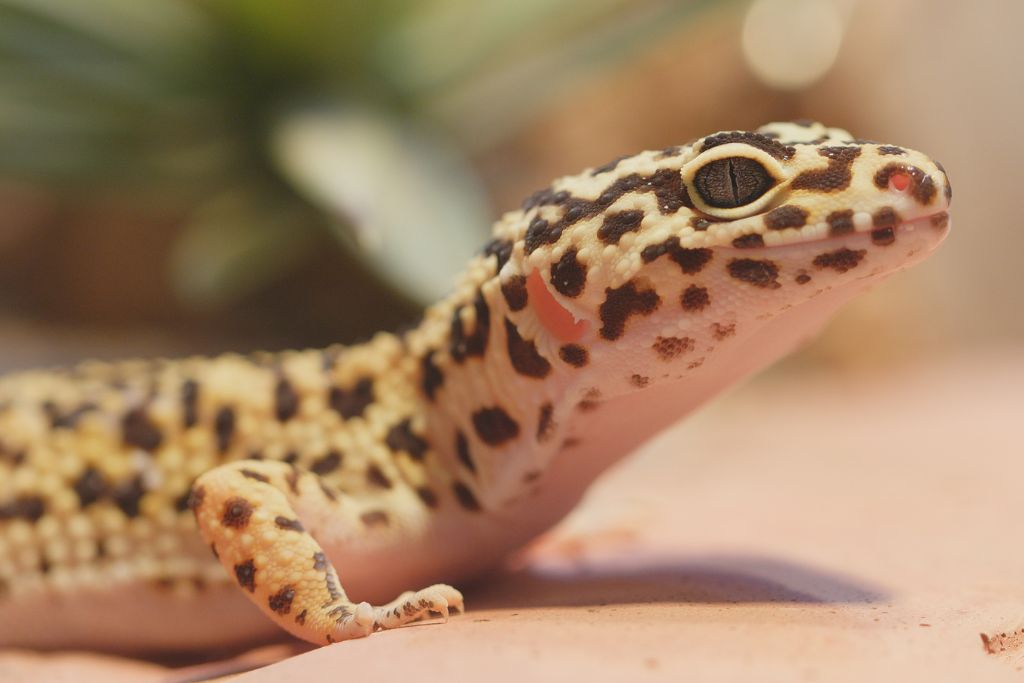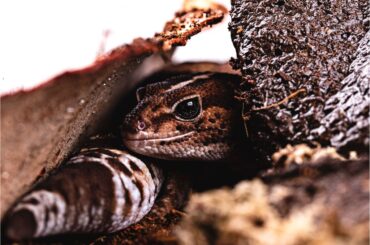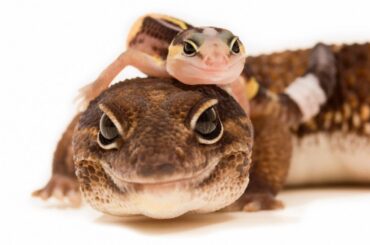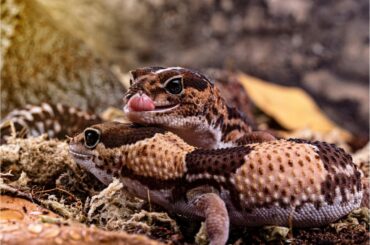How long your leopard gecko can go without heat is a common concern, especially for new reptile owners. Is it just a few hours, or could they survive days?
Proper heat is crucial for a leopard gecko’s well-being. It aids in food digestion, keeps their energy levels up, and contributes to overall health. Lack of heat can lead to a variety of problems, from sluggish behavior to digestive issues and even severe sickness.
Misconceptions abound, with some believing a brief absence of heat is harmless and others fearing even a short power outage could be catastrophic. This article tackles these myths to give you the facts you need.
The Significance of Heat for Leopard Geckos
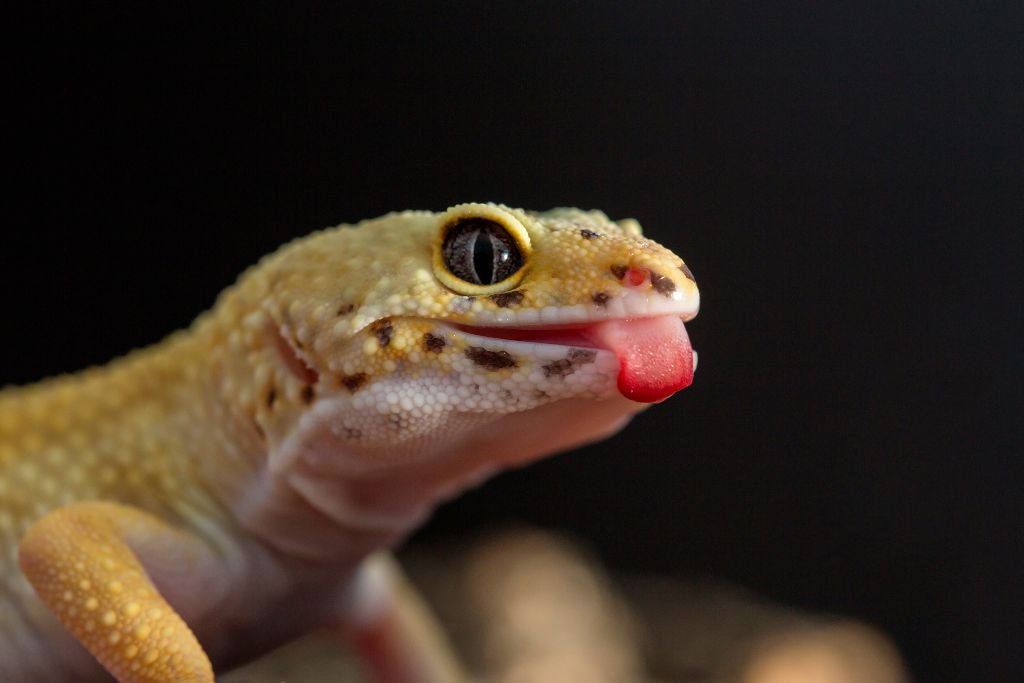
Leopard geckos can’t regulate their body temperature independently. They rely on external heat sources, like heat lamps or heated rocks. This external heat helps them maintain a stable internal temperature, which is crucial for their well-being.
Heat plays a big role in how well they digest food. It also affects their metabolism and overall activity levels. They’re more active and healthier when they get the right amount of heat.
Addressing the Claim: Can Leopard Geckos Really Survive Without Heat?
People might say leopard geckos can go without heat for a while. Some even claim that these reptiles can survive days without it. But experts disagree on how long is too long. Some say a few hours won’t harm them, while others argue that even short periods without heat can be risky.
Reputable sources often suggest that while leopard geckos might endure brief periods without heat, it’s not ideal for their health. So, the debate continues, but one thing is clear: consistent heat is best for your leopard gecko’s well-being.
Factors Affecting Cold Tolerance
Wondering why some leopard geckos handle the cold better than others? Different factors influence a gecko’s cold tolerance. To grasp how these elements impact your pet, let’s explore them in detail.
Age of the Gecko
Younger geckos struggle more with cold temperatures than their older counterparts. Their bodies are still developing, making maintaining a stable internal temperature harder. Older geckos have had more time to adapt and are generally better at handling temperature fluctuations.
Size of the Gecko
Size matters when it comes to cold tolerance. Larger geckos have a greater body mass, which helps them retain heat more effectively. Smaller geckos lose heat faster, making them more susceptible to the cold.
Health and Overall Condition
A healthy gecko can cope with the cold better than a sick one. Illness weakens their system, making it harder to regulate temperature. So, a gecko in top shape will generally be more resilient to temperature changes.
Environmental Humidity Levels
Humidity plays a role, too. Geckos can lose heat more quickly through evaporation in a more humid environment. Dry conditions help them retain heat better, making it easier for them to tolerate colder temperatures.
Maximum Duration Without Heat
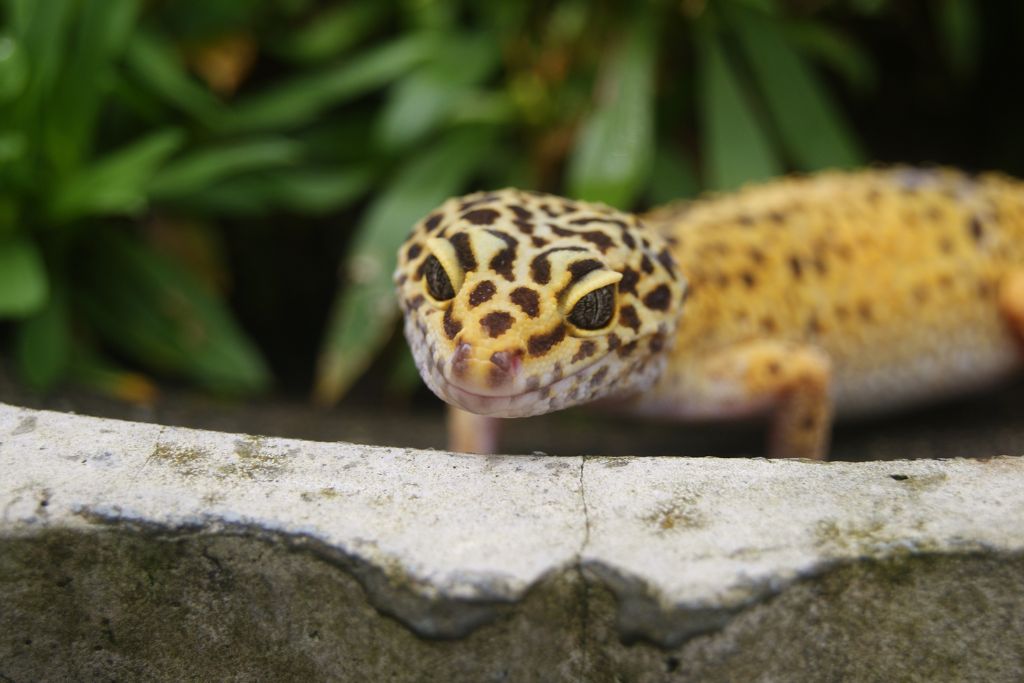
Leopard geckos can endure a lack of heat for a limited time, but it’s not ideal. Experts suggest that a few hours might be manageable, but going beyond that starts to pose risks. Survival times vary based on age, size, and overall health. For instance, a healthy adult might cope better than a young or sick gecko.
When deprived of heat, leopard geckos show signs of distress. They become sluggish and less active. You might also notice a decrease in appetite and changes in skin color. These are warning signs that your gecko needs heat as soon as possible.
Short-term vs. Long-term Heat Deprivation
Short-term heat deprivation refers to periods lasting a few hours. Generally, the risks are lower, and the gecko can recover quickly once the heat source is restored. Days or even weeks without heat can spell long-term deprivation for your gecko. Serious health problems, like digestive issues and a weakened immune system, can result.
To clarify the distinctions, we’ve prepared a table below:
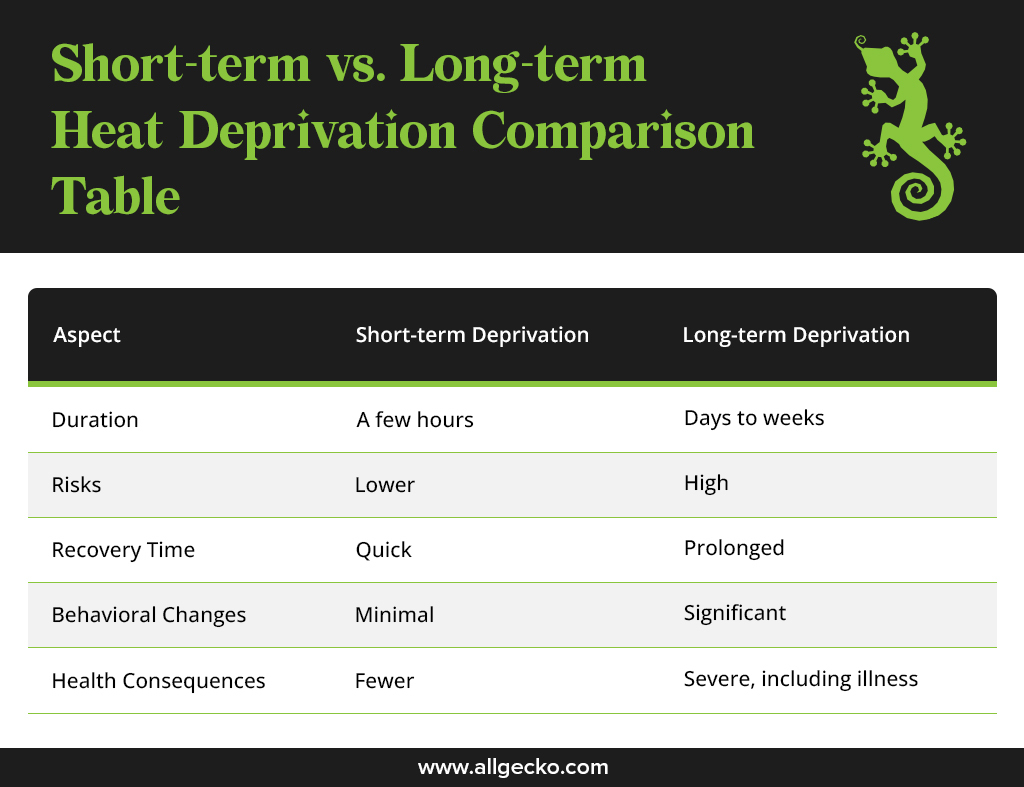
Effect of Short-Term Heat Deprivation
Short-term heat deprivation might seem harmless, but it can still affect your leopard gecko. Let’s explore its immediate impact on your pet’s health.
- Reduced Activity: Your gecko may become less active and show signs of sluggishness.
- Appetite Loss: A drop in appetite is typical, as heat helps digestion.
- Color Change: You might notice a slight change in skin color, usually becoming darker.
- Slowed Metabolism: The gecko’s metabolic rate may decrease, affecting its energy levels.
- Mild Stress: Short-term heat deprivation can cause stress, making your gecko more susceptible to illness.
Effect of Long-Term Heat Deprivation
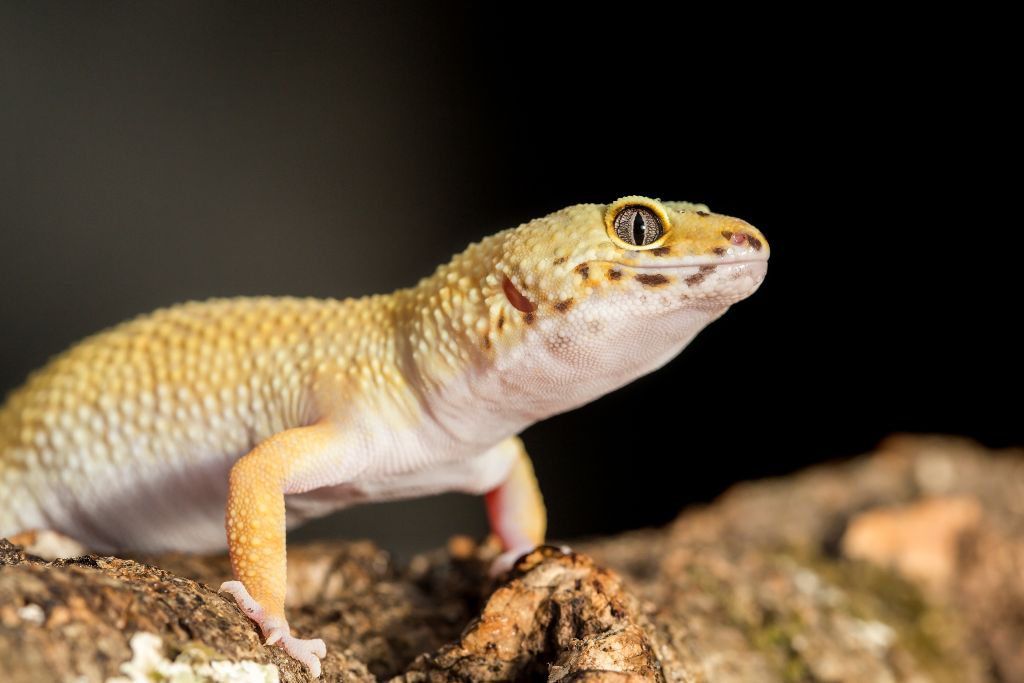
Long-term heat deprivation poses serious risks to your leopard gecko. Severe, long-lasting health issues can result from extended periods without heat for your gecko. To understand the risks better, let’s explore the potential outcomes.
- Digestive Issues: Lack of heat can severely disrupt the digestion process.
- Weakened Immune System: Your gecko becomes more susceptible to diseases and infections.
- Extreme Stress: Long-term deprivation can cause high-stress levels, affecting overall well-being.
- Reduced Growth: Due to inadequate heat, young geckos may experience stunted growth.
- Severe Illness: In extreme cases, the gecko could develop life-threatening conditions.
Precautions for Leopard Gecko Owners
Keeping your leopard gecko warm is crucial for its health. Here are some practical tips to ensure you maintain the proper heat conditions for your pet.
- Regularly Check Heat Lamps: Make sure they’re functioning well.
- Use a Thermostat: This helps in maintaining a consistent temperature.
- Have Backup Heat Sources: Always keep extra heat pads or lamps.
- Monitor Humidity: Use a hygrometer to keep track.
- Avoid Direct Sunlight: It can cause overheating.
- Use a Heat Gradient: Different areas in the enclosure should have varying temperatures.
- Check for Drafts: Ensure no cold air leaks in the enclosure.
- Consult a Vet: Regular check-ups can help assess your gecko’s heat needs.
How to Keep Reptiles Warm During a Power Outage
Power outages can be a nightmare for reptile owners. A stable heat source is crucial for your leopard gecko. When a power outage strikes, that stability is at risk.
Let’s explore strategies to keep your pet cozy even when the electricity fails.
- Portable Heat Sources: Battery-operated heat pads can be a lifesaver. Place one under a section of the enclosure to provide warmth.
- Blankets: Wrap a blanket around the enclosure to help retain heat. Make sure it’s not too thick to allow for some air circulation.
- Insulating Materials: Foam boards or bubble wrap can be used to insulate the sides of the enclosure. This helps in trapping heat.
- Hot Water Bottles: Fill them with hot water and place them inside the enclosure. Make sure to wrap them in cloth to prevent direct contact.
- Chemical Heat Packs: These are single-use and can provide heat for several hours. Place them around the enclosure but not in direct contact with your gecko.
- Warm Box: Create a warm box using a well-insulated container. Place some of the above heat sources inside and let your gecko take refuge there. Make sure to monitor the temperature to prevent overheating.
Conclusion
Keeping your leopard gecko warm isn’t just a suggestion; it’s necessary. Proper heat ensures good digestion, a strong immune system, and overall well-being for your pet. Without it, your gecko faces various health issues, from mild stress to severe illness.
Being a responsible pet owner means staying educated and prepared. Keep backup heat sources, monitor your gecko’s health, and consult experts when needed. Your leopard gecko depends on you for its warmth and well-being, so make sure you’re up to the task.
FAQs
How Long Can Leopard Geckos Go Without a Heat Lamp?
A few hours at most. More extended periods pose health risks.
Can a Leopard Gecko Live Without a Heating Pad?
Not ideally. Heating pads help maintain proper body temperature.
What is the Lowest Temperature a Leopard Gecko Can Survive?
Around 70°F (21°C), though it is not ideal for long-term health.

